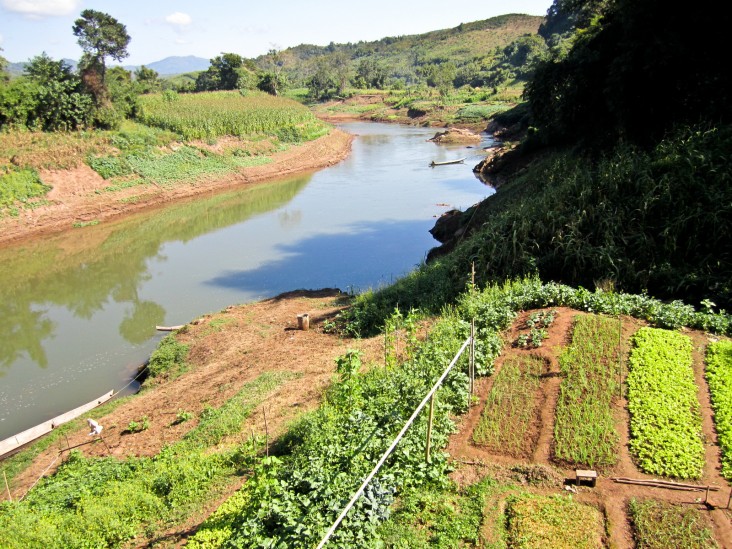
The Mekong River watershed is one of the most productive and biodiverse in the world, with a freshwater fishery that supports the livelihoods of 60 million people. Unfortunately, the Mekong region is susceptible to the negative effects of climate change, which are aggravated by existing and proposed hydropower dams that restrict fish passage, and trap sediment and prevent it from replenishing areas downstream, particularly in the river’s delta.
The six-year Climate Resilient Mekong program helps Lower Mekong countries study the potential effects of dam construction and identify ways to mitigate the potential impacts on the Mekong River system. The program works to better inform the choices made by national governments, investors and hydropower customers with regard to the siting, design and operation of hydropower dams throughout the entire Mekong River system in order to maintain the flow of water, sediment and nutrients essential for sustaining the river’s exceptional biological productivity and allow for fish passage.
FEASIBILITY ASSESSMENTS OF PROJECT ALTERNATIVES
The Climate Resilient Mekong program promotes access to analytical tools that simulate hydrologic, geomorphic and biological processes throughout the river basin. It also helps build the capacity of Lower Mekong countries to use those models to evaluate optimal site location, design and operation of existing and future dams. The program focuses on biological “hotspots” in assessing how sediment reduction affects morphology, habitats, and biological productivity of the river. Additionally, the program conducts economic feasibility analyses for best alternatives and then broadly disseminates the results to inform future decisions on basin infrastructure.
TECHNICAL COLLABORATION AND CAPACITY BUILDING
The program works with the Mekong River Commission and other water resource authorities, governments, non-governmental organizations and technical research institutions, as well as hydropower investors and customers to create a U.S.-Lower Mekong technical partnership. The program seeks to complement and support existing initiatives implemented by these organizations as well as actions taken by the Lower Mekong countries themselves to address siting, design and operation of hydropower dams.
EXPECTED RESULTS
The program’s objective is to improve the capability of the Lower Mekong countries to coordinate decision-making on dam siting, design and operation in a manner that mitigates their adverse impacts. Ultimately, the program seeks to encourage Lower Mekong countries to implement best practices to reduce the combined effects of sediment disruption and climate change.
PARTNERS
USAID’s primary partner for this program is The Natural Heritage Institute.
Click here for the pdf version.







Comment
Make a general inquiry or suggest an improvement.